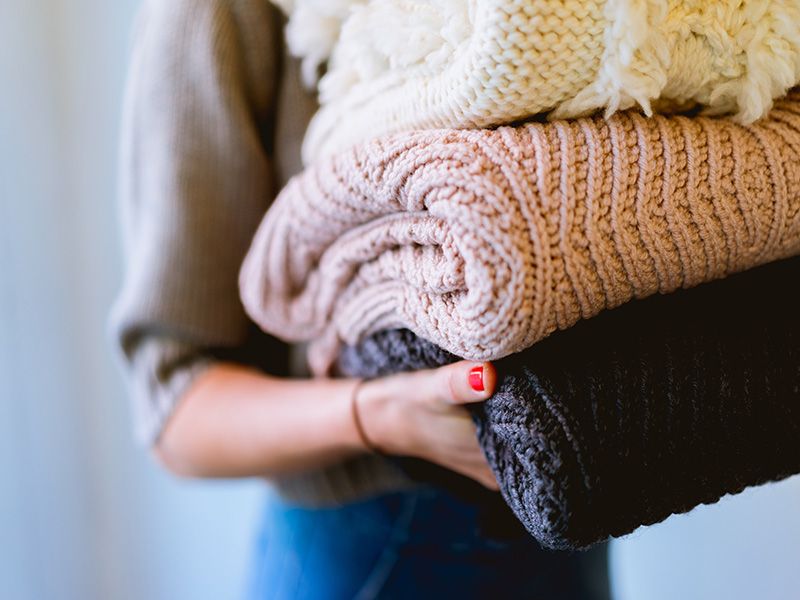Wet clothes are more than uncomfortable
 In the aftermath of a natural disaster, saving clothing, linens and other home textiles
should be a priority in recovery.
In the aftermath of a natural disaster, saving clothing, linens and other home textiles
should be a priority in recovery.
Similar to the urgency of drying out a home that has been overwhelmed by water, quick action is necessary to salvage household textiles that can develop mildew if left wet or damp, said Gina Peek, assistant director, Oklahoma State University Extension/Family Consumer Science program leader and associate dean for Extension and Engagement in the College of Education and Human Sciences.
“Mildew permanently can damage most fabrics, and especially natural fibers such as cotton, linen and wool,” Peek said. “That’s one reason it’s so important to move as fast as possible.”
To clear away mud, dirt and other debris, Peek suggests scraping, shaking and rinsing soiled items before prewashing them in cool water. Wearing rubber gloves will protect hands and exposed skin against any contaminants or debris such as fiberglass fibers, which may be embedded in soiled textiles.
If the disaster didn’t also damage the washing machine, go ahead and launder washable fabrics.
“Rinse the items before attempting to launder them to get out as much dirt as possible. Excessive mud or dirt could be harmful to the washing machine,” she said. “However, rinsing the clothing and other materials before washing won’t get out all of the contaminants, so it’s important to wash these items in small batches. Be sure to follow washing machine manufacturers’ directions. Read the detergent label before adding bleach, as some detergents shouldn’t be used with bleach.”
Household textiles and clothing should be laundered in the hottest water safe for the fabrics. Repeated washings may be necessary. Peek said to avoid drying any items until you’re satisfied they’re clean because heat can permanently set stains. Remove items from the washer and hold them up to the light to check for remaining dirt and stains.
Items with instructions to dry-clean only should be taken to a professional after being line-dried.
For more helpful tips on cleaning up after a natural disaster, contact the local OSU Extension office.
